
- Home
- Workshops / Tours
- Diary / Blog
- Galleries
- Foreign Trips
- Tasmania 2016
- NE Queensland 2016
- Western Alps 2016
- NE Spain 2016
- Australia's Wet Tropics 2015
- Australia's Top End 2015
- SW Australia 2015
- Switzerland 2015
- Andalucia 2015
- Belize 2015
- Australia 2014
- Switzerland 2014
- Belize 2014
- Bahama Islands 2014
- Switzerland 2013
- Ecuador 2012-2013
- Florida 2011-2012
- Vancouver Island 2011
- Australia 2010
- Peru 2008
- Bulgaria 2007
- Lesvos 2006
- California 2006
- New Zealand 2005
- Extremadura 2005
- Goa, India 2004
- The Gambia 2003
New Zealand
5th November - 4th December 2005
Paparoa National Park
The scenery on the west coast is quite beautiful, and you get plenty of time to admire it on the slow, twisty road north...
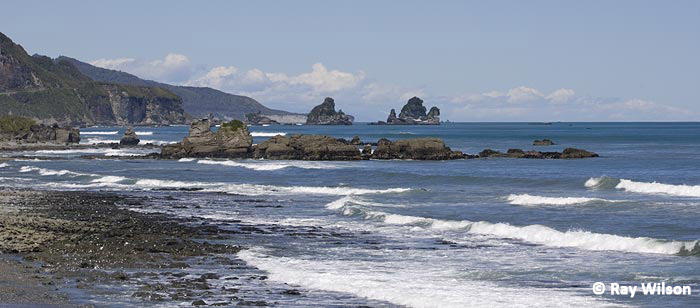
Coastal scenery between Greymouth and Westport
About halfway between Greymouth and Westport, there is an area of particularly stratified limestone rock formations...
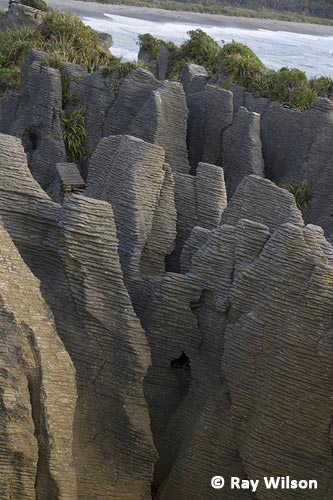
Pancake Rocks at Punakaiki
There are a number of arches and blowholes here that are supposedly quite spectacular but it was low tide and the sea was not particularly rough on the evening I visited. I had to wait ages for a wave big enough to take the photo below...
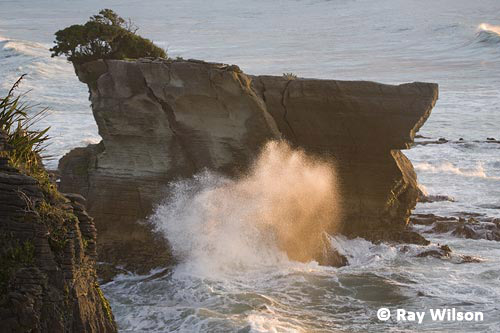
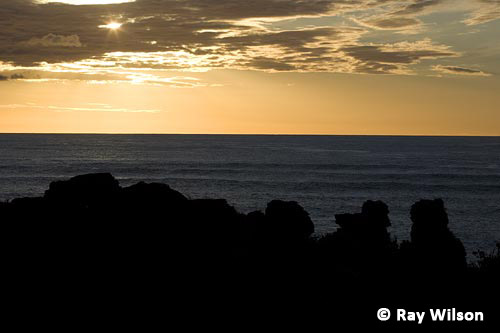
Sunset over Pancake Rocks
The Nikau Palm is the world's most southerly growing palm tree and, despite being quite close to its southern limit, it grows abundantly along the Paparoa coastline.
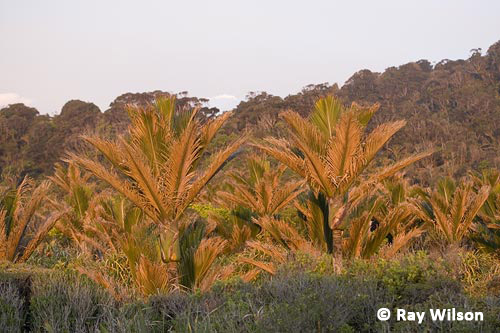
Nikau Palm (Palmae rhopalostylis)
I spent a total of 3 days in Paparoa National Park camping in the wilderness; a densely forested limestone landscape which is littered with hidden sinkholes, caves and deep chasms.
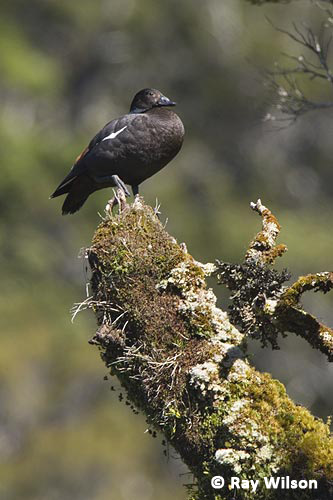
Male Paradise Shelduck (Tadorna variegata)
In the open area around the abandoned farm at the end of the Bullock Creek Road (accessed 1km north of Pancake Rocks) a pair of Paradise Shelduck were frequently seen roosting in the trees.
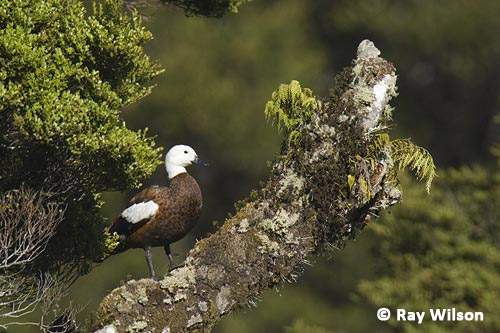
Female Paradise Shelduck (Tadorna variegata)
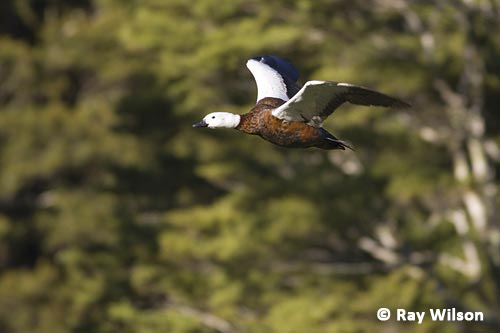
Female Paradise Shelduck (Tadorna variegata)
The Shining Cuckoo is generally quite secretive and is a hard bird to see. The bird below was singing in the middle of a bush and it was quite difficult to get an angle that didn't have branches completely obscuring its face.
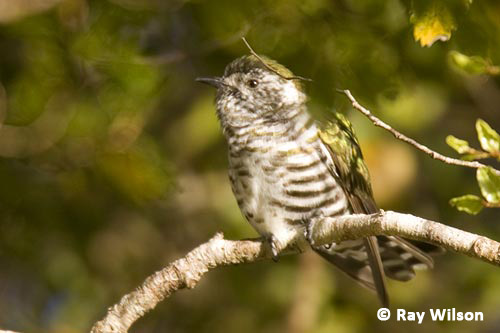
Bronze Shining-Cuckoo (Chrysococcyx lucidus)
Tomtit and Bellbird were common...
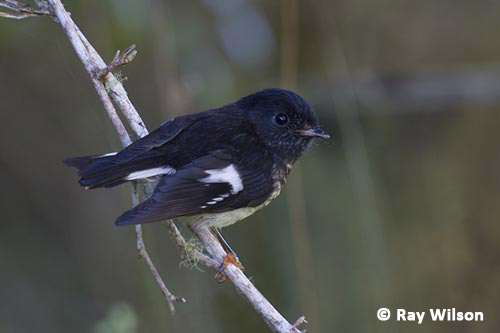
Tomtit (Petroica macrocephala)
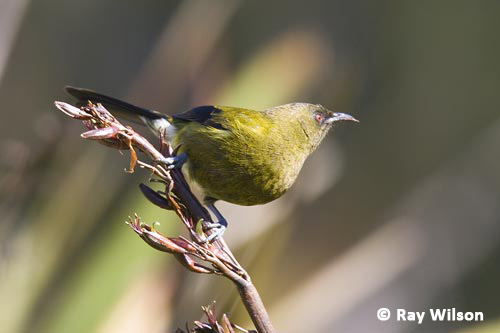
Bellbird (Anthornis melanura)
...and the Robins along the track down to Cave Creek were ridiculously tame. One of them landed on the leg of my tripod while it was still on my shoulder only milimetre's away from my hand, and another one bounced up my arm while I was lying on the ground trying to photograph it!
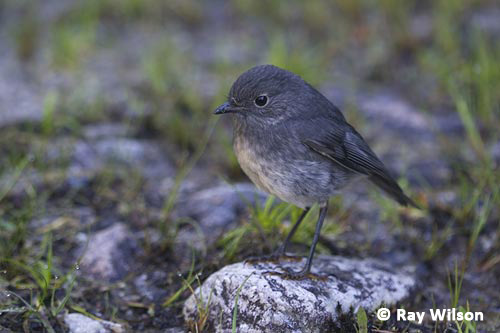
New Zealand Robin (Petroica australis)
On the insect front, New Zealand Red Admirals were common along the forest glades. Also seen (but not photographed) were Magpie Moths (Nyctemera amica), a black and white day-flying moth, and Bush Giant Dragonfly (Uropetala carovei).
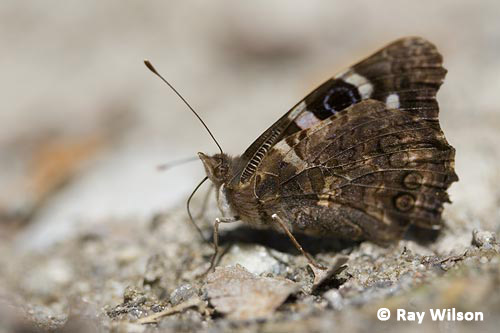
New Zealand Red Admiral (Vanessa gonerilla gonerilla)
Paparoa National Park is one of the strongholds for Great Spotted Kiwi, and they can be frequently heard calling in the forests. One female even woke me up one night when it called from just outside of my tent. Unfortunately the bulb on my torch had blown a few hours earlier when I was out looking for owls, so the only views I got were of a faint shadow sniffing around in the undergrowth. Very frustrating!
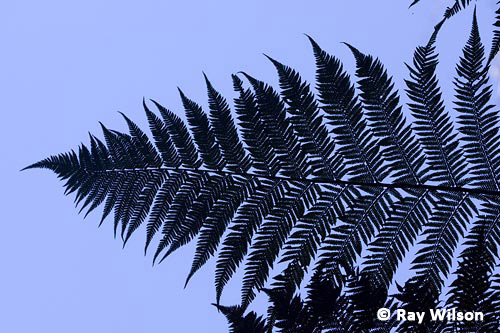
Tree Fern branch - the emblem of the All Blacks rugby team
| Fox & Franz Josef Glaciers | New Zealand map |
Ray Wilson owns the copyright of all images on this site.
They may not be used or copied in any form without prior written permission.
raywilsonphotography@googlemail.com